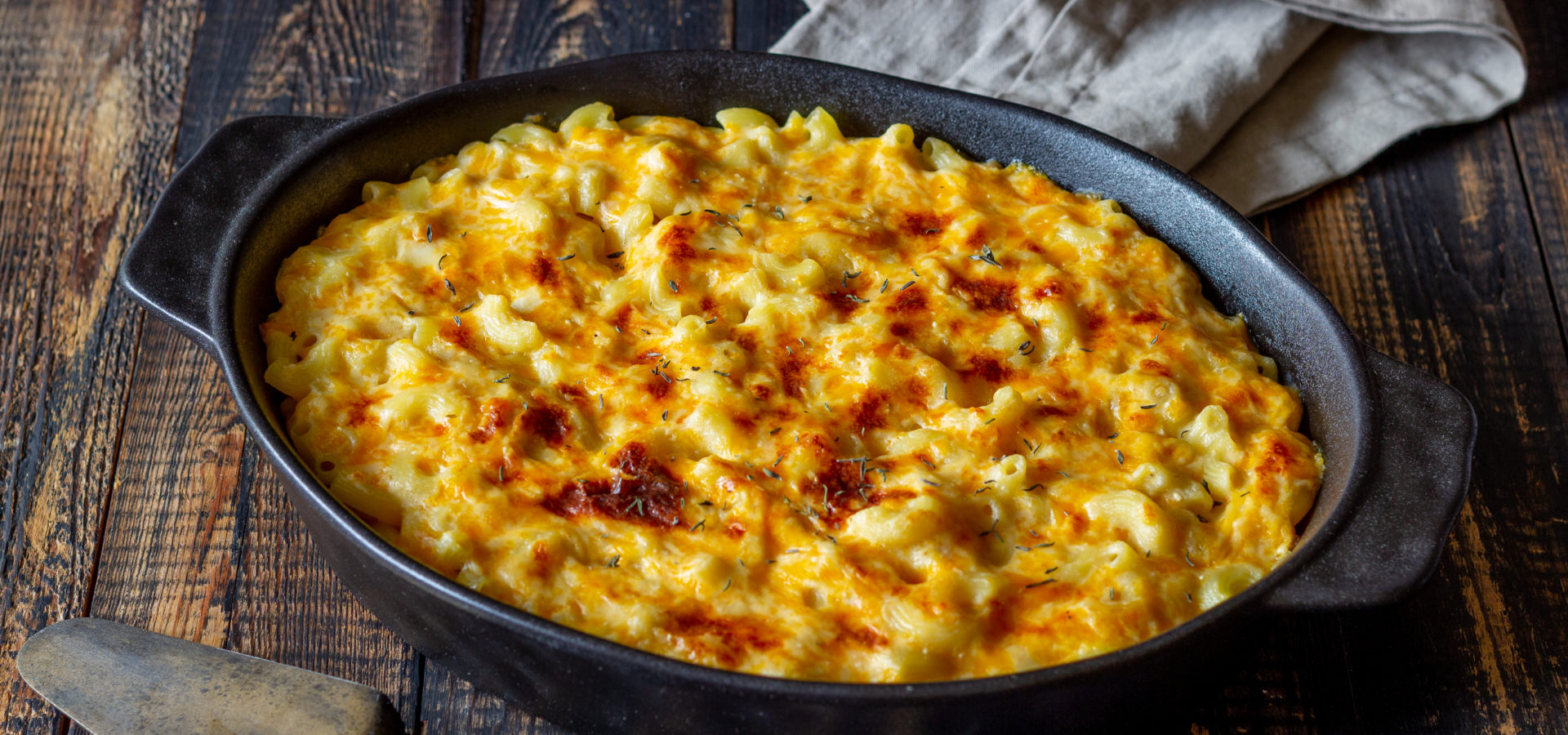Picture this: you finally carve out time to read your favorite food blogger’s latest post (or Cello recipe!) or pick up that cookbook you’ve been using as a coaster. Suddenly, you find that one recipe — the one that makes your mouth water, and you instantly know your family or guests will fall in love. You’re ready to make it now, and you have all the ingredients except for the one that makes the dish: the perfect cheese.
Don’t fret! The beauty of cheese is that the countless varieties means you can usually find a substitute for whatever your recipe calls for– or whatever you might be craving. Understanding some of the subtleties of cheese can help you be prepared for any recipe or impromptu occasion, too.
Knowing what cheese can substitute for another is not only a time-saver, it can also provide a new tweak or twist to one of your favorite dishes. Maybe you’ll discover that the chicken Parmesan you love is even better when it becomes chicken Grana Padano.
Here’s a breakdown of some of our most popular cheeses and how you can swap them around and still maintain the integrity of just about any dish:
What to Substitute for Parmesan
Parmesan is one of the most popular cheeses and typically used in many Italian dishes, but it also is great standalone on a cheese board or grated on roasted or grilled vegetables. Parmesan cheese is centuries old and has stood the test of time because of its versatility. Cello’s Parmesan is aged for 12 months, making it a classic and mellow cheese and an ideal staple in any kitchen.
Uses: Shaved or grated on almost any Italian dish. Salads burst with flavor, pasta is more tasty, and it’s an unexpected ingredient in breading chicken cutlet or mixed in meatballs.
Subs: Grana Padano, Pecorino Romano
What to Substitute for Asiago
Asiago cheese is closest to Parmesan, but this cheese is actually a bit sweeter. It’s a semi-hard yet smooth cheese with a slightly nutty flavor. Asiago offers a mild sharpness that doesn’t overwhelm, but rather accents a mellow vegetable or meat dish.
Uses: Asiago is a great snacking cheese paired with nuts or fresh fruit. Try grating it on your favorite roasted vegetables or as the secret ingredient in a gourmet grilled cheese sandwich.
Subs: Pecorino Romano, Parmesan, Swiss
What to Substitute for Grana Padano
This cheese actually translated to “grain,” which does not make it an ideal melting cheese, but it’s a great crumbly cheese. Grana Padano is known for its strong taste and distinctly buttery, nutty flavor. Like some of the other similar cheeses listed here, it’s a great enhancement to most any Italian dish, but it especially complements soups and creamy risottos. Mix Grana Padano into a tomato or rose sauce for a special zing!
Uses: Add it to a cheese board, crumble on soups, vegetable dishes, or risottos for a strong finish.
Subs: Parmesan, Pecorino Romano, Asiago
What to Substitute for Pecorino Romano
Think of Pecorino Romano simply as a sharper and saltier Parmesan and you’ll be set. Pecorino Romano is aged for less time than Parmesan, which lends to its piquant, slightly salty taste. This sharper bite makes it a delightful change-up in your favorite Italian tomato dish and really packs a flavor punch when paired with olives on a cheese board.
Uses: Decadent grated on pasta or a casserole, it’s also a unique touch to a flatbread or pizza and is always enjoyable on a cheese board with dried fruits and nuts.
Subs: Manchego, Parmesan, Asiago, Grana Padano
What to Substitute for Fontal
The beauty of Fontal is its versatility. This cheese is known for its creamy texture and has the slightest sweet-tart aftertaste. A combination like this means it’s a great melting cheese and an ideal “secret” ingredient in a variety of recipes. Fontal can also sometimes be a more affordable option in the specialty cheese category due to its shortened ripening time. This also means it’s an excellent cheese to always have on-hand to pair with your favorite dishes.
Uses: Think of this as your all day cheese. Fontal is great in egg dishes like frittatas and omelettes, a perfect sandwich ingredient, and a delightful pasta and pizza cheese.
Subs: Provolone, gruyere, mozzarella
What to Always Have On-hand
Picking up an assortment of the above cheeses should mean you’ll always be covered no matter what your recipe calls for or what you’re in the mood to snack on. It’s also a great idea to select a shredded cheese assortment, like Cello’s Italian Blend cheese. This mixture of Parmesan, Asiago, and Romano cheeses highlight the textures and flavors of these unique yet similar cheeses. Sprinkle this blend into any dish and note how the flavors work together to make everything just a bit more delicious!
You can cheese more confidently when you understand the similarities and differences among the many cheeses available. In no time, you’ll be tweaking your recipes by substituting cheeses and creating your own signature cheese style.
Learn how to turn any of these cheeses and their substitutes in a beautiful, crowd-pleasing cheese board with our eBook, and be sure to grab the Cello cheese you need at the store nearest you.





